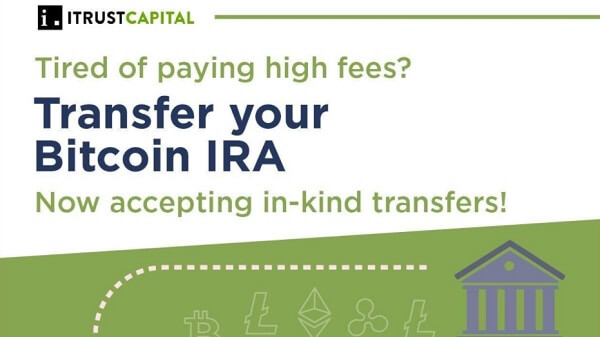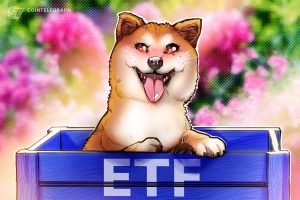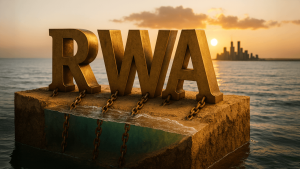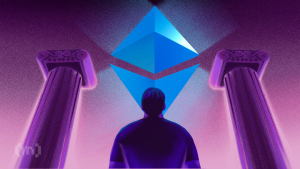Guide to Osaka, Japan’s second-biggest city – Cointelegraph Magazine
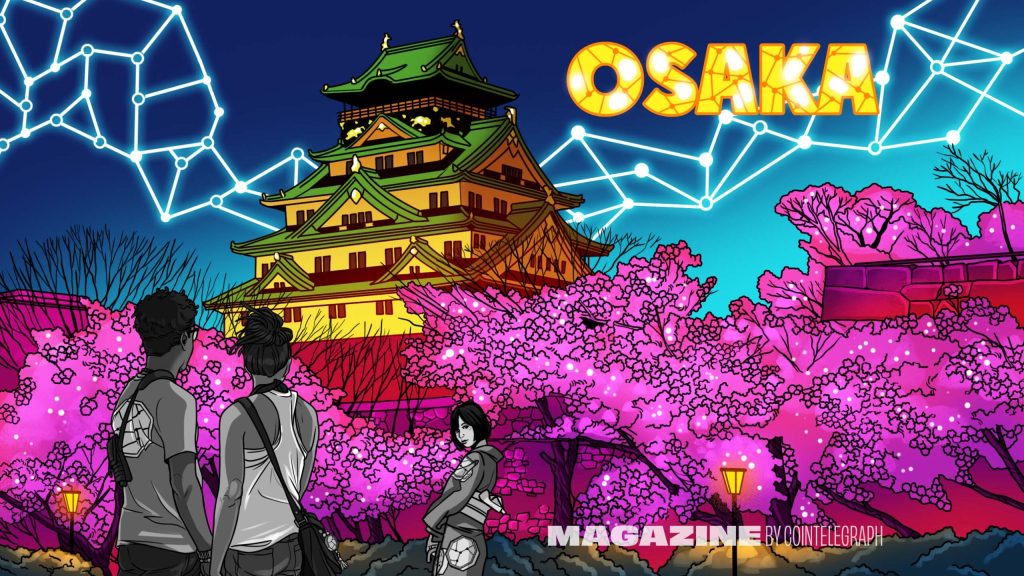
City: OsakaCountry: JapanPopulation: 19 millionFounded: 1889 (as a municipality)Language: Japanese
Jump to: Understand, Crypto culture, Projects and companies, Financial infrastructure, Where can I spend crypto?, Education, Controversies and collapses, Notable figures in Osaka and Japan.
Understand
As one of the largest cities in Japan, Osaka and the broader Kansai region stand out in contrast to Tokyo for its unique dialect, seemingly grittier way of life, and as the gateway to the island of Shikoku and western Japan.
Though many arriving in the country tend to land at either Narita or Haneda near Tokyo, Kansai International Airport is also a popular point of entry for those looking for easier access to the historic areas of Kyoto, Himeji Castle, Kobe — with its famous beef products — and the friendly deer of Nara.
Though the municipality only dates back to the 1880s, the area around Osaka has been home to Japanese people for well over a thousand years. In the 400s, the area where the modern city stands was called Naniwa-zu and contained a port with access to ships from the Korean peninsula and China — and some believe this was the means for Buddhism to first enter Japan, where it is widely practiced today.
As with many Japanese cities, much of Osaka was leveled by American bombers during World War II. The recreation of Osaka Castle, which sits in the Chuo ward of the modern city, largely escaped the bombing — the original had already been destroyed in the 17th century. The city has been the setting for movies such as John Wick: Chapter 4 and boasts a unique variety of old neighborhoods like Shinsekai.
Situated roughly halfway between Tokyo and the western city of Fukuoka, Osaka has a reputation as one of the most cosmopolitan cities in the country, famous for its okonomiyaki pancakes and street food.

Crypto culture
Despite much speculation and research from crypto users over the last 15 years, no one has been able to definitively prove Satoshi Nakamoto was Japanese. Though he claimed to have lived in Japan, none of his posts on online forums suggested this was in Osaka, Tokyo or somewhere else entirely.
Japan was one of the first countries to recognize digital currencies as legal property under its existing regulatory framework, and one of the first to provide average users with access via crypto ATMs. (Though, knowing how ATMs at many Japanese banks work, they may have to be closed at 8:00 pm). Bitcoin ATMs made their debut in Tokyo around 2014 and made a return to major cities in 2022 after a lull due to a regulatory crackdown.
Most of the bigger crypto firms that have operated in Japan — including Mt. Gox, bitFlyer, Liquid and Coincheck — had headquarters in Tokyo, but financial giant SBI Holdings opened the Osaka Digital Exchange — a blockchain-based digital stock exchange — in 2022. According to data from Japan’s Financial Services Agency, Osaka is home to two registered digital assets firms: financial system developer Caica and major crypto ATM operator Gaia.
Meetup groups in the Kansai region, like their counterparts in Tokyo, continue to be active. The Kansai Bitcoiners group was established in 2013 and lists more than 200 members. Major figures in the crypto and blockchain space have visited Osaka for various events, including the Devcon 5 conference in 2019 as part of Osaka Blockchain Week. Ethereum co-founder Vitalik Buterin and the Shiba Inu dog behind the Dogecoin meme, Kabosu, attended.
Osaka will host the Blockchain and Internet of Things Conference and International Conference on Blockchain and Cryptocurrency in 2023 and the World Expo in 2025, which is expected to be a completely cashless event.

Projects and companies
Japan, in general, has a reputation for strict crypto regulations following the hacks of major exchanges including Mt. Gox and Coincheck. Osaka-based crypto firm Caica registered with the country’s Financial Services Agency in 2017, while the regulator shows that Gaia registered in 2021.
The Kansai region is also home to the headquarters of sports equipment firm Mizuho, which has launched its own NFT collection, as well as branches of technology firms including software-development-as-a-service company SotaTek, Panasonic, Mitsubishi and Sharp. In 2022, financial giant SBI Holdings opened the Osaka Digital Exchange — a blockchain-based digital stock exchange.
Amid the international fallout of crypto exchange FTX and its founder, Sam Bankman-Fried, FTX Japan users seemingly fared better than those dealing with other local subsidiaries. They were allowed to fully withdraw funds in February 2023. FTX filed for bankruptcy in November 2022, and many users in other countries have not been made whole.
“It’s one of a few countries […] required to segregate assets from corporate assets,” an FSA official told Cointelegraph in reference to Japan. “That framework works. Based on that, we have good insight that our regulation is too strict — so we are stifling innovation — but currently, some people seem to be changing their minds that the requirement we are providing is kind of necessary for really sustainable growth.”
Read also
Features
All rise for the robot judge: AI and blockchain could transform the courtroom
Features
Inside the Iranian Bitcoin mining industry
Crypto firms like Binance seem to agree. The major exchange acquired the FSA-registered and Osaka-based Sakura Exchange Bitcoin in November 2022, putting it on the path to officially reenter the Japanese market. Binance founder Changpeng Zhao once lived in the country, and the exchange has largely made its services available to Japan’s residents, despite some pushback from regulators. However, in January 2023, Coinbase and Kraken both shuttered attempts to handle Japan’s crypto users.
Japanese Prime Minister Fumio Kishida has also been helping to support crypto and blockchain projects in the country through “Cool Japan” — a national strategy aimed at showing off Japanese innovation and culture to the rest of the world. DAOs, Web3 technology, and nonfungible tokens are all on the table, as is the possibility of Japan releasing a digital yen in the future.
“Many people are talking about MiCA [the EU’s Markets in Crypto-Assets framework], the United States — of course — the U.K., Hong Kong and Singapore, but no one is really talking about Japan,” said the FSA official. “We should be a good promoter not only for blockchain but also fintech in general.”
Financial infrastructure
According to data from CoinATMRadar, there is only one crypto ATM operating in Osaka, run by the FSA-licensed firm Gaia. The company is authorized to handle Bitcoin, Ether, Bitcoin Cash and Litecoin. All crypto ATMs in Japan suspended operations in 2018 due to strict regulations, but a few made a return in 2022.
Read also
Features
How to prevent AI from ‘annihilating humanity’ using blockchain
Columns
We tracked down the original Bitcoin Lambo guy
Where can I spend crypto?
Japan is still transitioning from the cash-only society it once was, but it was early in the game for contactless payments via its Suica and Pasmo charge cards. The COVID-19 pandemic forced many in authority to address remote working and options for online services for the first time, and crypto payments did not escape their notice.
According to Coinmap, there are 23 retail outlets in the Osaka area that accept cryptocurrencies as payment. These include electronic giant Bic Camera, consulting firms, restaurants, graphic design service companies, spas and bars. Many of the retailers are in proximity to the city’s Minami ward and Osaka and Umeda Stations — the main transportation hub for the area.
As in many parts of the world, some bars in the nightlife areas of Osaka have taken to accepting some cryptocurrencies as payment — likely in an attempt to capitalize on the growing interest in the space. BaR Fish and Kama Sutra Karaoke Bar in the city’s Chuo ward have wallet addresses ready for thirsty crypto users, and the spa Sakura Drop has allowed those needing a massage to pay for services in crypto since 2020.
Japan’s central bank, the Bank of Japan, has also been moving forward with research and the potential rollout of a CBDC sometime in the future. JCB, formally known as Japan Credit Bureau, started experimenting with digital payment solutions for a CBDC at brick-and-mortar stores in 2023, with the BoJ reportedly having launched a pilot program for a digital yen.
Education
Osaka University currently offers students the opportunity to research distributed ledger technology blockchain, and cryptography through the Fujiwara Lab as part of the Graduate School of Information Science and Technology. According to the lab, professors and students aim to “develop safe and secure distributed applications through the development of blockchain technologies and the analysis of blockchain programs.”
Osaka Metropolitan University and Osaka Prefecture University have similar initiatives focusing on blockchain applications through different graduate programs. Online international courses and pop-up classes are also available to Kansai residents.
Controversies and collapses
Tokyo, rather than Osaka, was the home of most major Japanese exchanges that have been in the international spotlight due to high-profile hacks or collapses, including Mt. Gox in 2014, Coincheck in 2018 and FTX Japan in 2022. Due to Japanese regulations, FTX’s Japanese arm has already largely helped give its users the ability to withdraw funds while the bankruptcy case in the United States moves forward. Many creditors from Mt. Gox may also see repayment sometime in 2023 as the exchange’s rehabilitation plan enters its final throes.
Following the Russian military invasion of Ukraine in February 2022, Japanese crypto exchanges came under scrutiny from the international community for reportedly not immediately blocking their services to Russian entities already the target of U.S. and EU sanctions. The FSA announced in March 2022 that noncompliant firms would be subject to penalties including prison time and fines.
Read also
Features
Can blockchain solve its oracle problem?
Features
How to resurrect the ‘Metaverse dream’ in 2023
Notable figures in Osaka and Japan
Bitcoin creator Satoshi Nakamoto is possibly from somewhere in Japan. Osaka is the hometown of Naomi Osaka, a tennis star who promoted crypto exchange FTX; and Dan Friedman, business development manager at Input Output, or IOHK. According to the organizer of the Kansai Bitcoiners Meetup group, Cardano founder Charles Hoskinson also attended many Osaka-area crypto events while traveling through Japan.
In Japan more widely: Mark Karpelès, former CEO of Mt. Gox; Kim Nilsson, the developer behind the investigation of Mt. Gox’s missing Bitcoin; Shohei Ohtani, a baseball player who also promoted FTX; Noriyuki Hirosue, founder and CEO of Bitbank; Yuzo Kano, co-founder and CEO of bitFlyer; Mai Fujimoto, also known as “Miss Bitcoin,” founder and CEO of blockchain and crypto consultancy firm Gracone; Tomoyuki Tagami, CEO of crypto and blockchain online learning service Techtec; Yoshinori Fukushima, CEO of LayerX; Shogo Ochiai, co-founder and chief technology officer of Cryptoeconomics Lab; Takahito Kagami, CEO of crypto and blockchain media outlet CoinPost; Tetsuyuki Oishi, accelerator and evangelist for crypto and blockchain; and Taisuke Horitsugi, evangelist at Kyber Network; and Kabosu, the Shiba Inu featured in the meme on which Dogecoin was based.
Temporary residents of Japan while involved in the crypto space: Binance founder Changpeng Zhao; Mt. Gox and Ripple founder Jed McCaleb; and Bitcoin.com executive chair Roger Ver.
If you have any suggestions for additions to this guide, please contact turner@cointelegraph.com.
Subscribe
The most engaging reads in blockchain. Delivered once a
week.



